- Home
- finance
- Wall Street
- These photos show how drastically Manhattan's Financial District has evolved since the '70s
These photos show how drastically Manhattan's Financial District has evolved since the '70s
Rose began documenting the Manhattan streets when he was a student at Cooper Union in 1977.

At that time, the two World Trade Center towers were still relatively new — the North Tower opened to tenants in 1970, the South Tower in 1972.
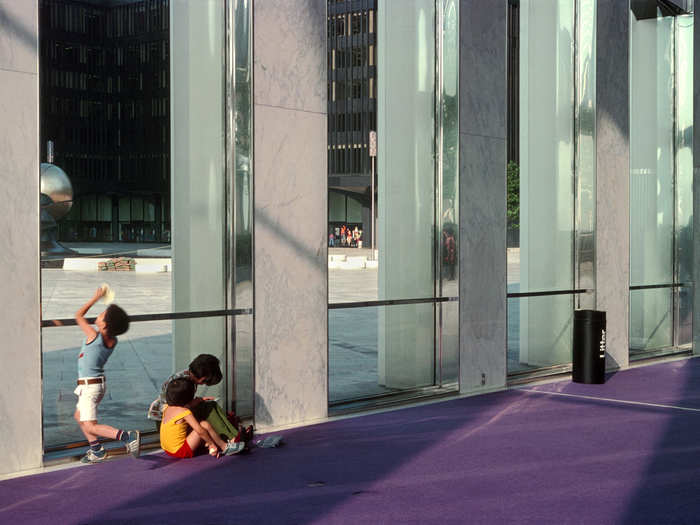
"For some the towers were the seed of future development in Lower Manhattan, but to others it was an expensive eyesore out of touch with the economic state of the city," Sean Corcoran wrote in the introduction to "WTC."
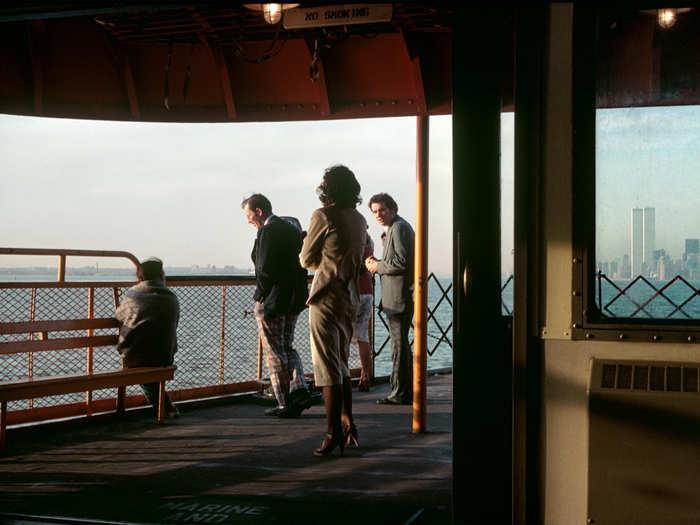
Most of the time, the 110-story towers just happened to be in Rose's frame, rather than his central subject — the overpowering structures were simply unavoidable.
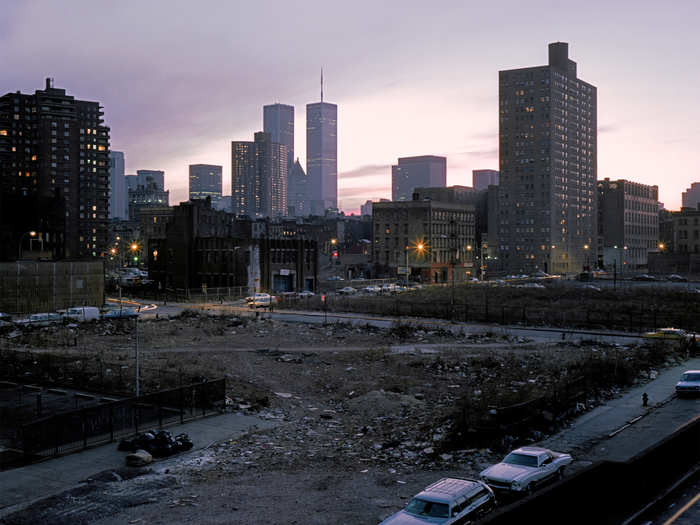
"There was no attempt at that time to focus on the WTC as a subject. But when I began looking through my slides, I found a very tight series of images ranging from distant views – the Twin Towers on the skyline — to very close fragments inside the lobbies of Tower 2," Rose wrote in his book.
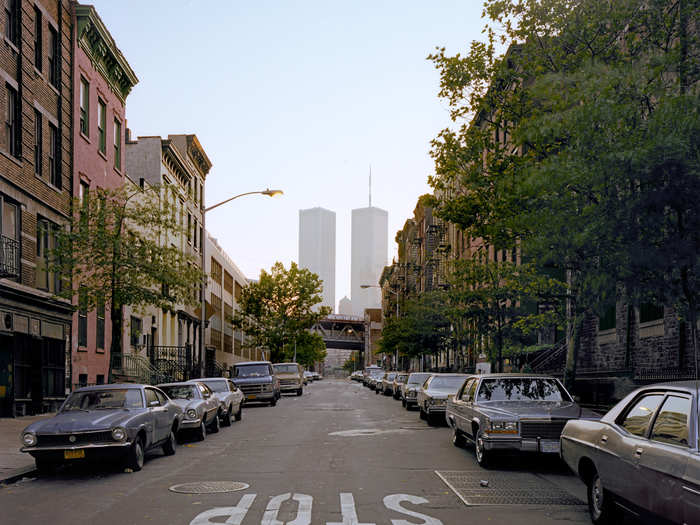
Rose was inspired by artist's Alexander Calder’s red sculpture, entitled "Bent Propeller," which sat outside the World Trade Center. It was destroyed during the September 11, 2001 attacks.
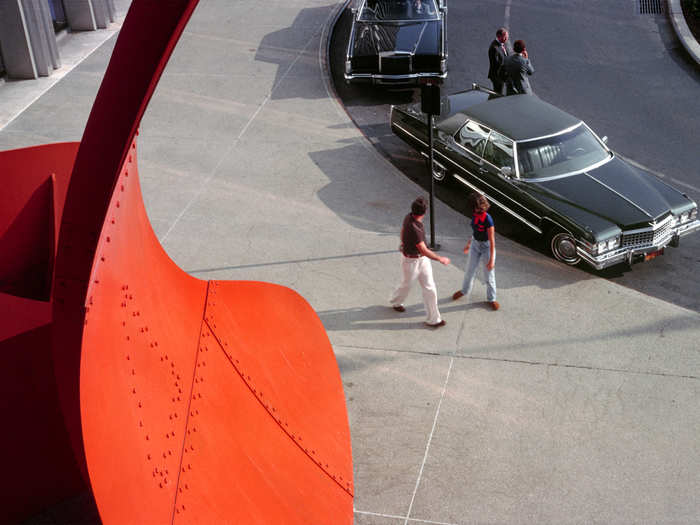
"I roamed the city in those days, especially downtown below 14th Street, moving quickly, shooting fast. Sometimes I walked the derelict West Side Highway down to the World Trade Center and then took the Staten Island Ferry over and back," wrote Rose.
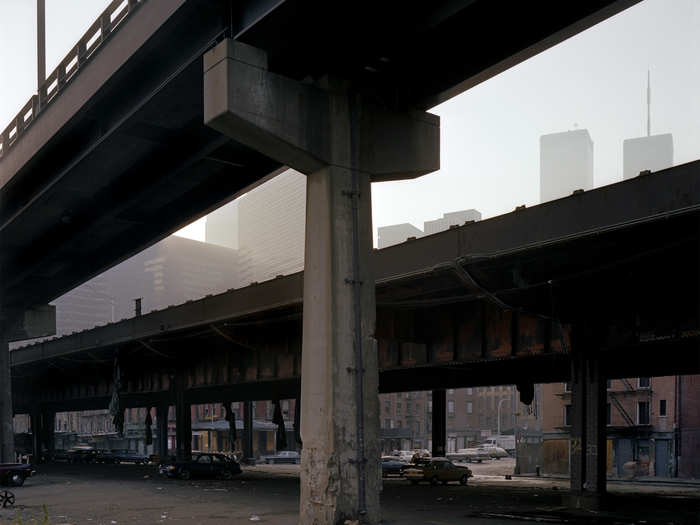
In the 1980s, Rose began working with a fellow Cooper Union alum, Edward Fausty.
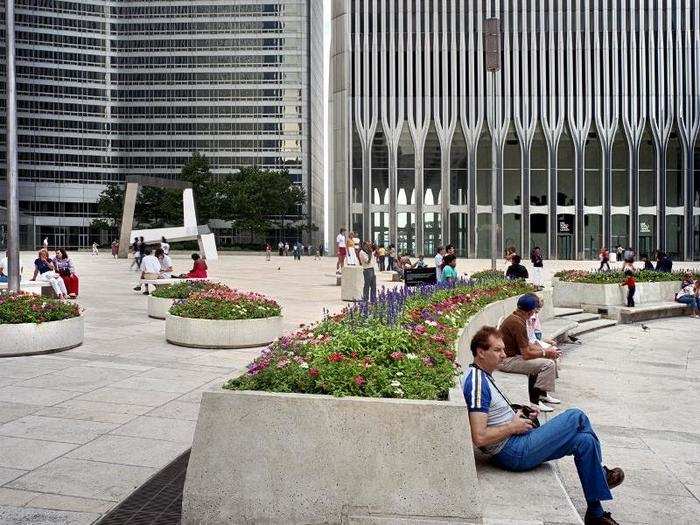
The two focused solely on photographing Manhattan's Lower East Side.
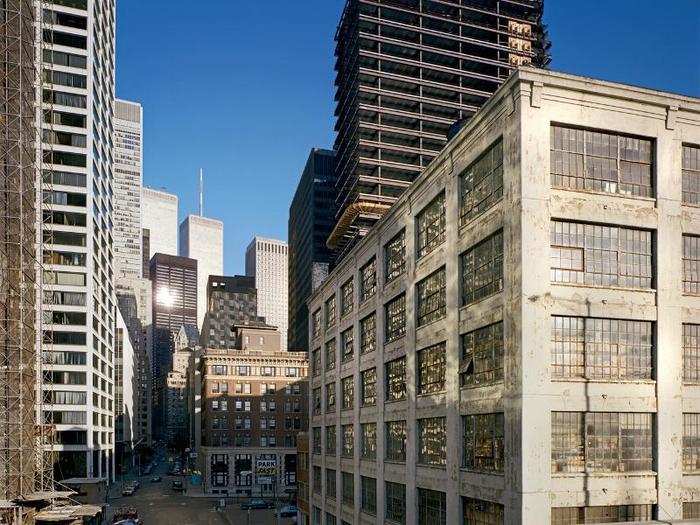
"We worked with a 4x5 view camera documenting the streets and buildings of that uniquely famous immigrant neighborhood," wrote Rose.
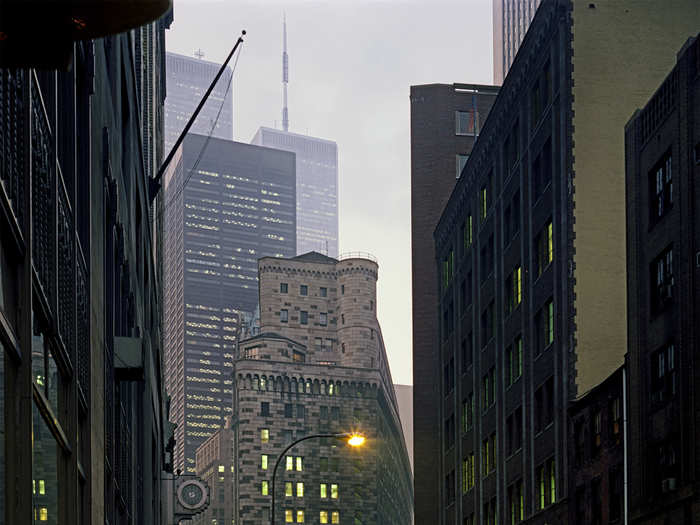
"The Twin Towers and the other skyscrapers of the Financial District loomed in the distance. From the tenements of the Lower East Side they were omnipresent symbols of New York’s wealth and power just out of reach," he wrote.
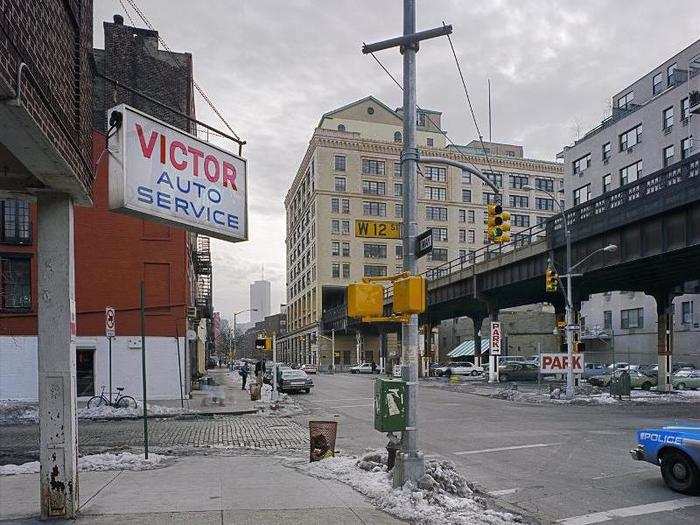
Rose remembers the Financial District being relatively empty on the weekends.
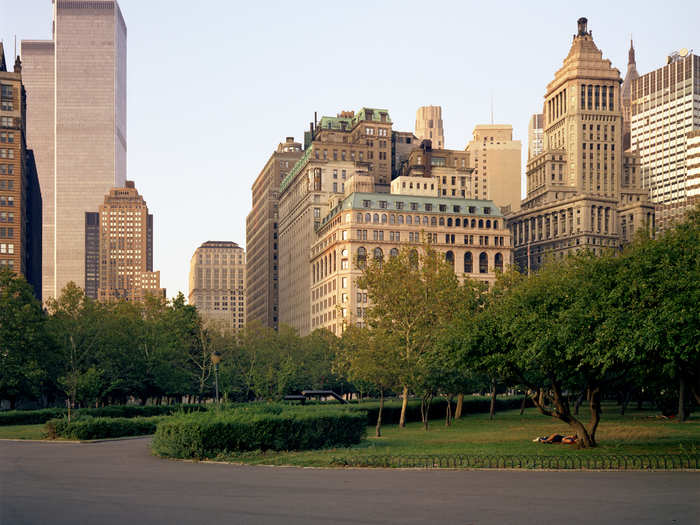
"Few people lived in lower Manhattan in those days, and the weekends were exceptionally still, even desolate," he wrote.
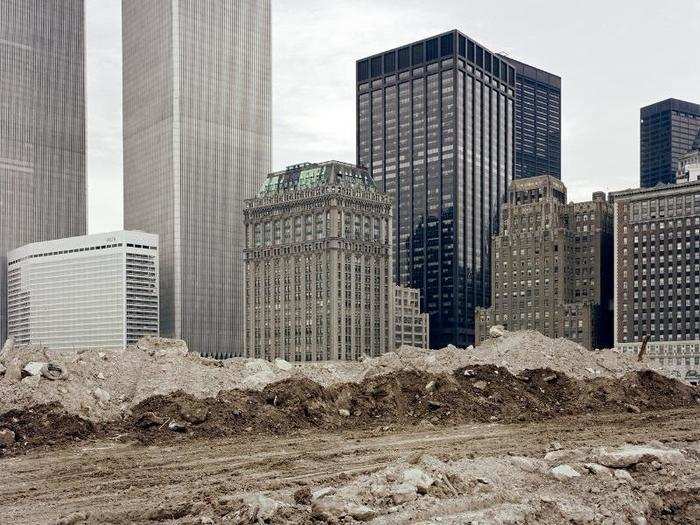
"One Sunday morning Ed and I walked up on the near deserted FDR Drive and took several photographs looking across the rooftops of the Fulton Fish Market," he wrote.
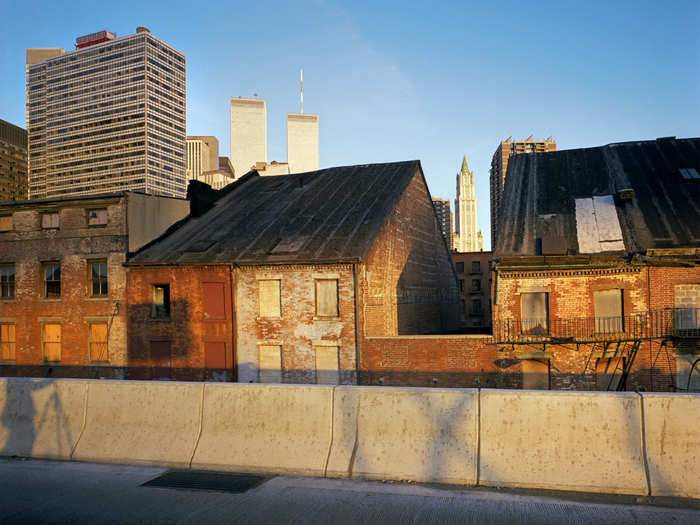
Soon, both Rose and Fausty received a grant from the National Endowment for the Arts to document the Wall Street area of Manhattan.
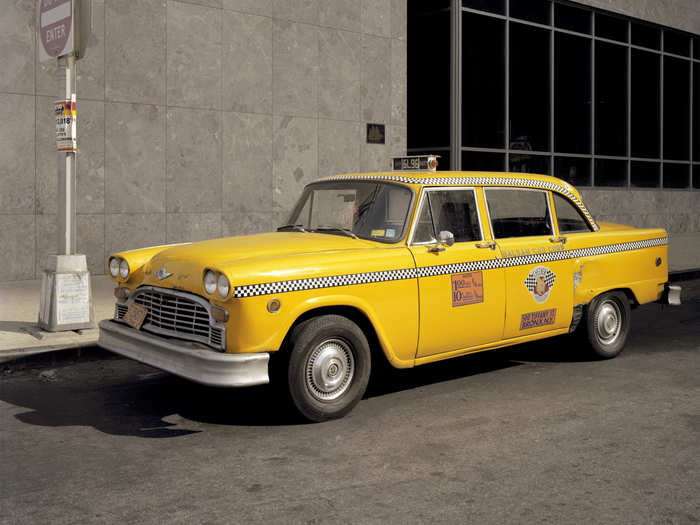
"We began working jointly as before, but eventually made photographs individually," he wrote.
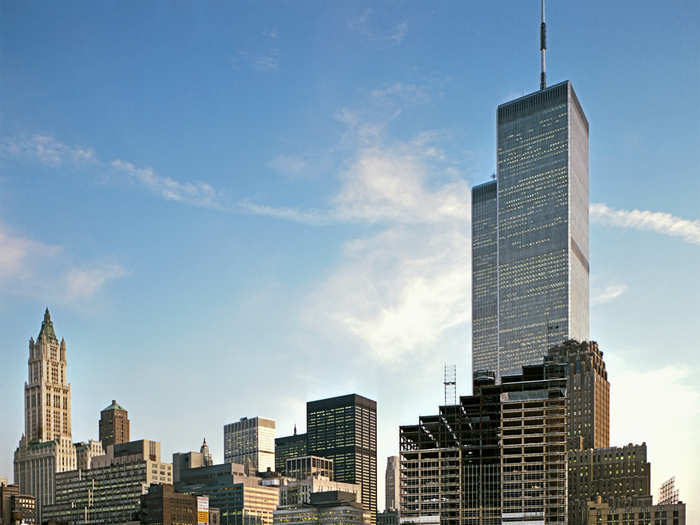
During the 1990s, Rose lived in Amsterdam, which put a halt to his regular documentation of New York City. When he returned a week after the September 11, 2001 attacks — he found a very different Financial District to capture.
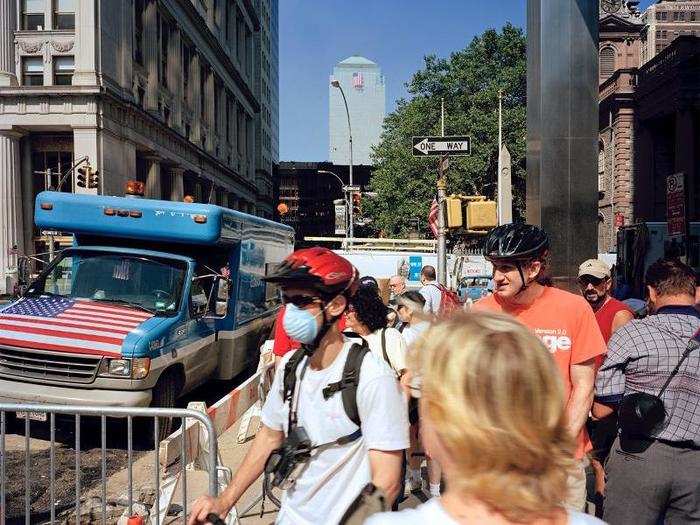
"On September 11, 2001 I was in Amsterdam, when the phone rang just before three in the afternoon, six hours time difference from New York. A friend told me that a plane had hit one of the Trade Center towers. I turned on the TV in time to see the second plane hit, and then watched the whole progression of horrors unfold. I flew back to a nearly deserted JFK airport a week later on one of the first flights in from Europe," wrote Rose.
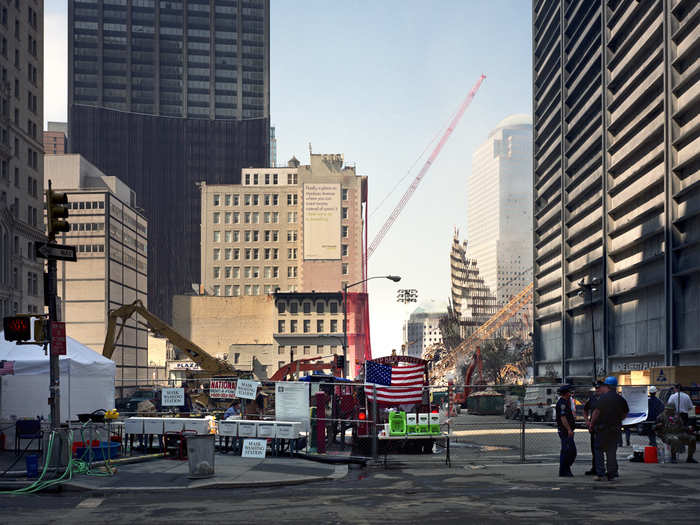
In the years that followed, Rose went back to his original calling — capturing the Lower East Side and the Financial District. "I discovered numerous images of the Twin Towers in the neighborhood – murals, posters, and memorials. And as I moved about the city I began collecting WTC imagery, either using a digital pocket camera or the view camera," he wrote.
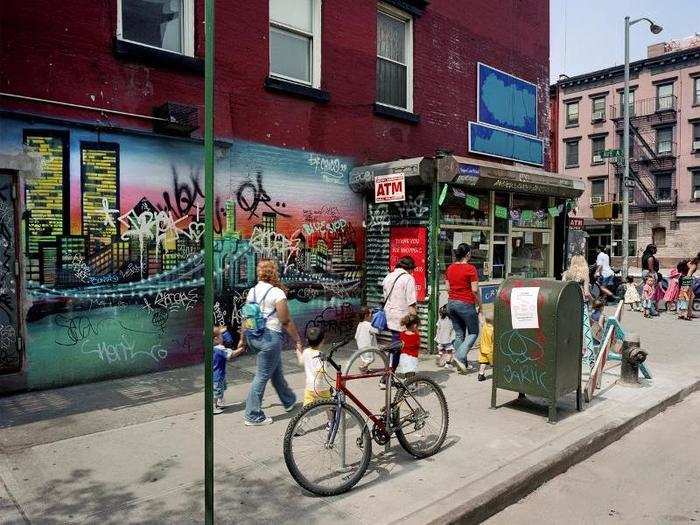
He also began documenting the long process of rebuilding the Financial District, and Ground Zero.
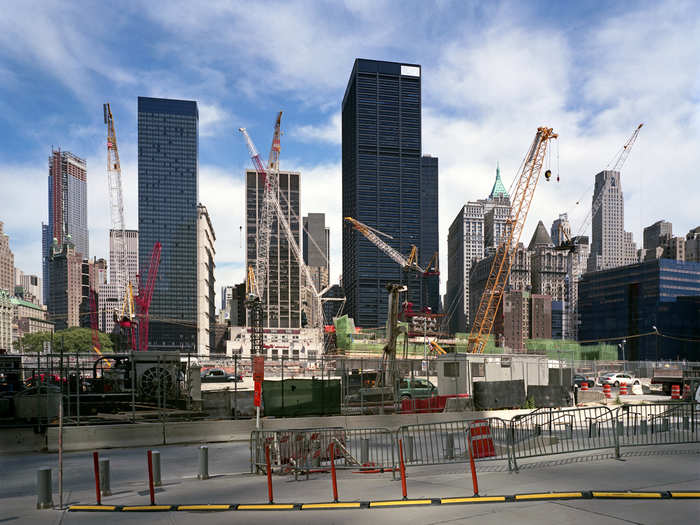
"A decade after 9/11, Ground Zero remained a battleground of interests and a potent political symbol. To some it was hallowed ground, a graveyard," he wrote.
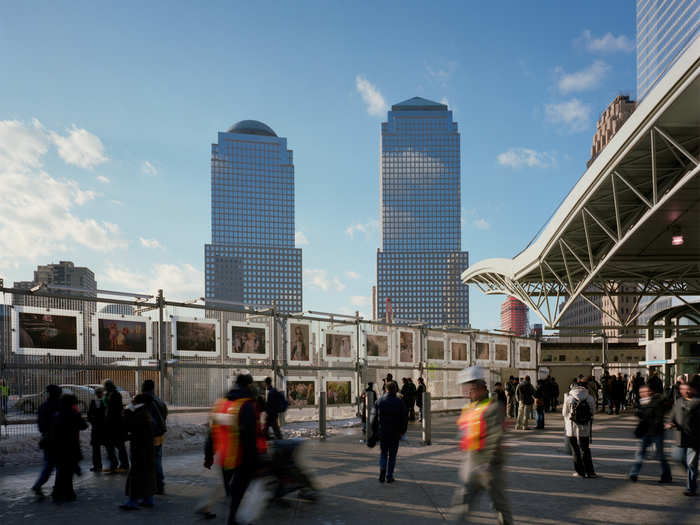
"Today it is both a memorial and a museum. The footprints of the towers have been preserved and animated with waterfalls. It is commercial real estate."
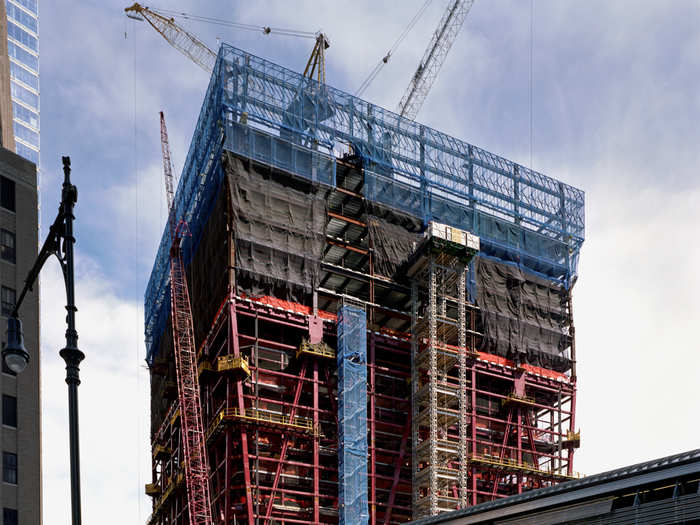
"With no special access I stuck to the periphery of Ground Zero setting up my camera where I could, often running up against security guards who enforced an arbitrary ban on my view camera even as dozens of tourists snapped pictures around me," wrote Rose.
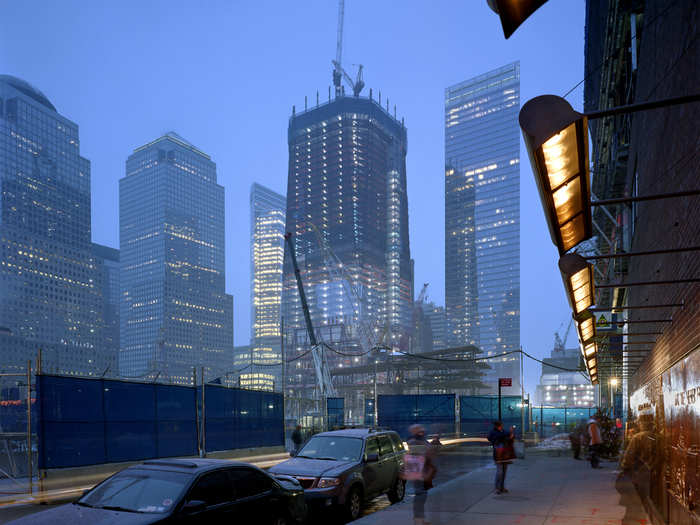
"The zones of public and private property had become so blurred — at Ground Zero and elsewhere — that I was often unsure where one ended and the other began," he wrote.
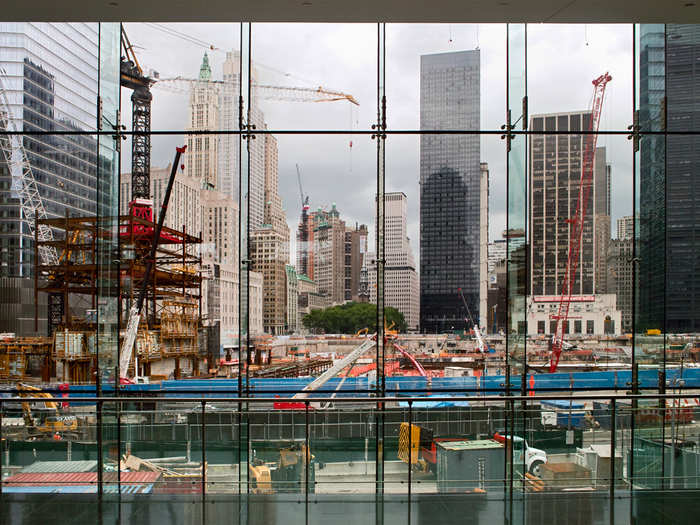
As the One World Trade construction continued, Rose began reflecting on the differences between it and the past towers.
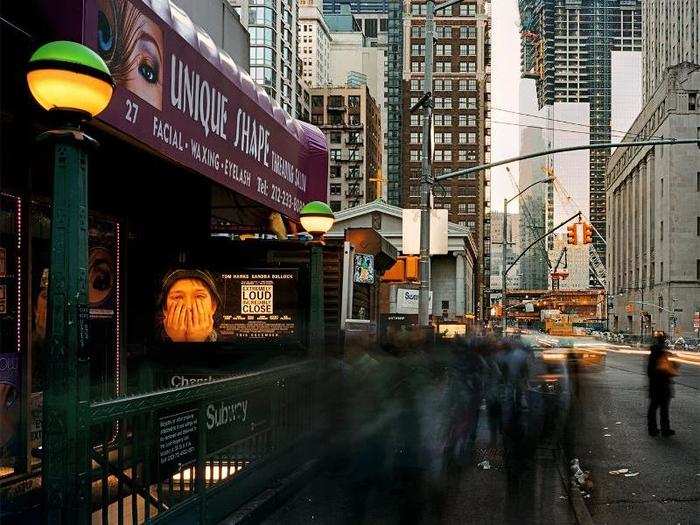
"...when the Twin Towers went up...they dominated the skyline in almost every direction. When I did my pictures of lower Manhattan in the early '80s they were ubiquitous, poking up and between other buildings visible from countless different vantage points," he wrote.
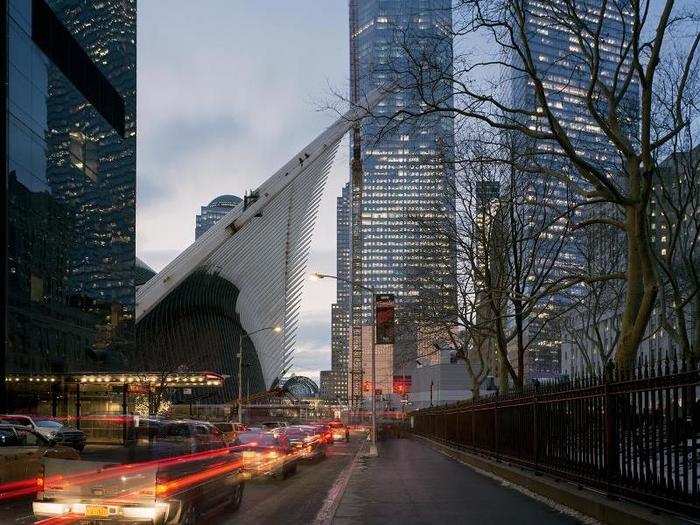
"One World Trade Center, despite its height, seems lost in the crowd compared to its double progenitors. And while the Twin Towers often visually lined up with the erratic street grid of downtown Manhattan, the new tower seems rarely to do so," he wrote.
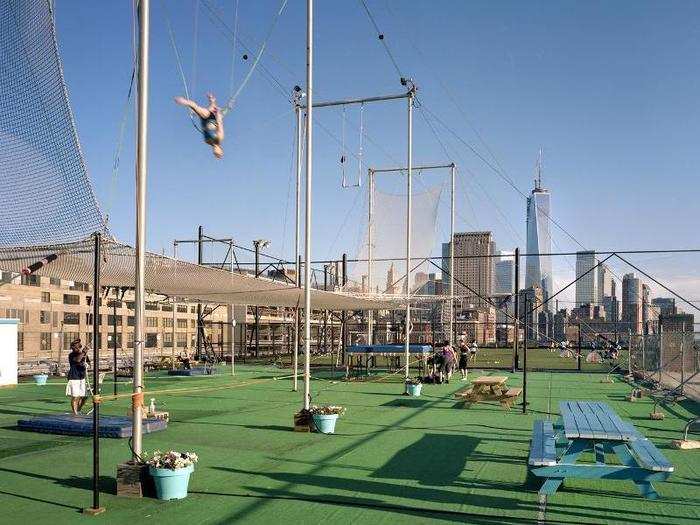
"One exception is Fulton Street where I photographed it juxtaposed with a richly articulated cast iron building from more than a hundred years ago. And as before with the Twin Towers, One WTC appears at its most commanding from across the Hudson in New Jersey," he wrote.
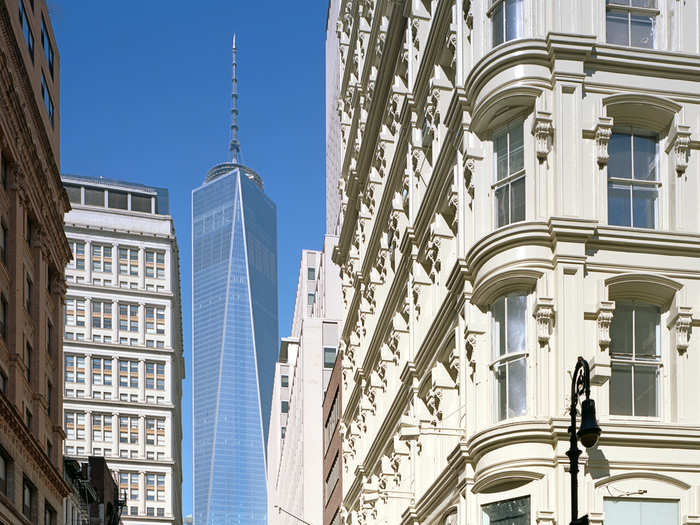
"New York moves forward, new towers climb skyward, and a new generation claims the old neighborhoods. The rapidity of change rattles even the newcomers who feel history slipping through their fingers as they fumble for their keys," Rose wrote in his conclusion.
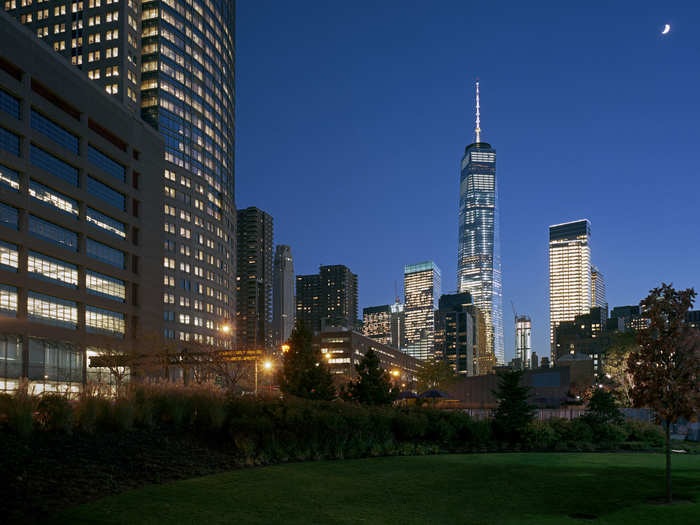
Popular Right Now
Advertisement